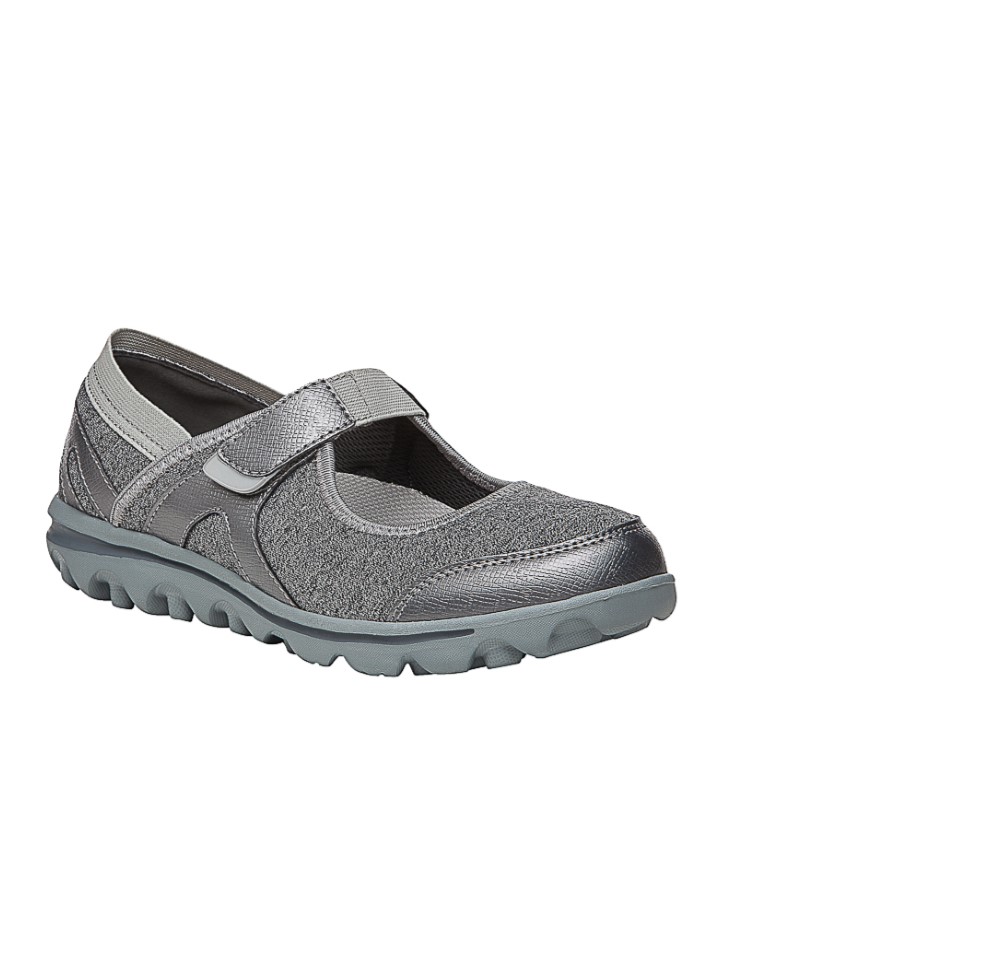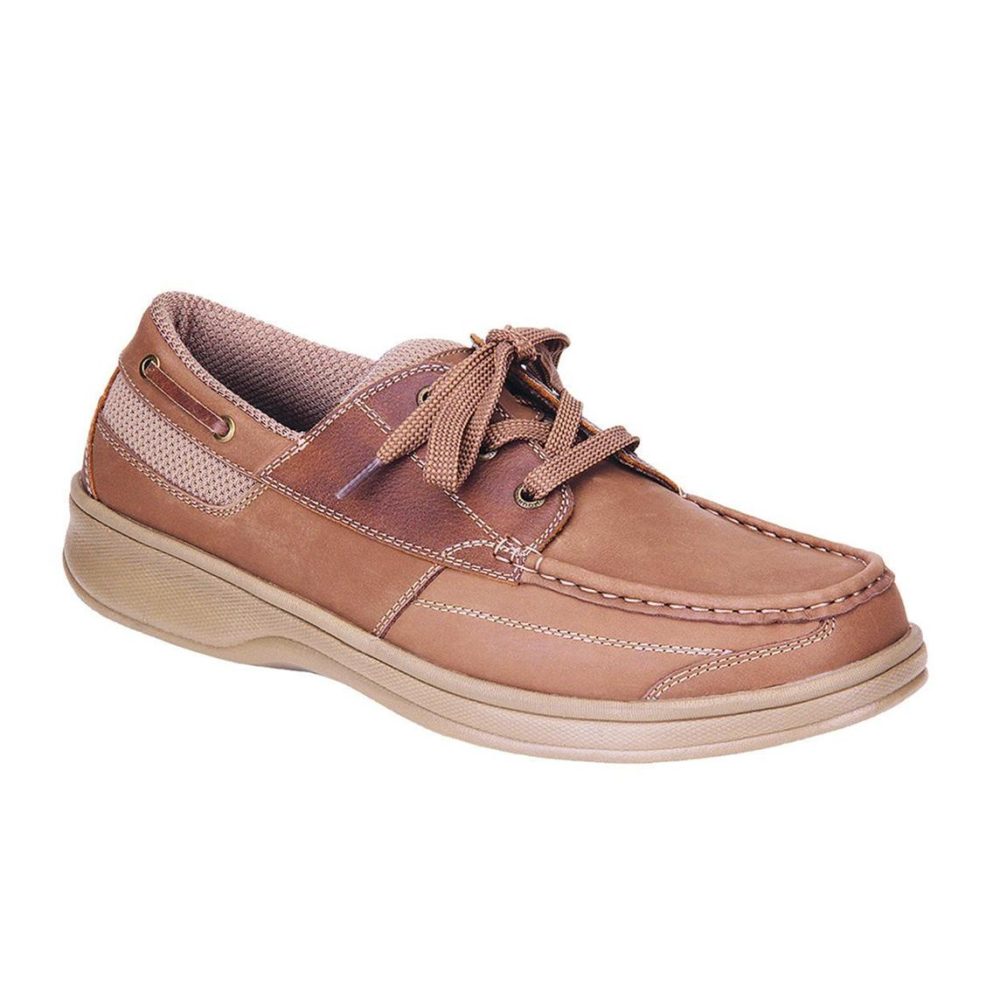What is Morton’s Neuroma?

What causes Morton’s neuroma?
Morton’s neuroma is caused by long-term pressure, either in the form of injury, irritation, compression etc., on one of the plantar digital nerves (nerves that lead to the toes). The repeated stress triggers a response which causes a thickening of the nerve tissue (neuroma). Women, who frequently wear high-heeled or narrow shoes, often suffer from Morton’s neuroma because these shoes tend to squash, rub, stretch, or compress the nerves between the base of the toes. Participating in high-impact activities such as jogging or running and many sports in general can also cause Morton’s neuroma as these activities, or the footwear they require, can put intense pressure on the ligaments. In addition, people that have certain foot deformities such as bunions, flat feet, and hammer toes, are also more prone to Morton’s neuroma as these conditions can cause the ligament to put pressure on the nerve as well.
What are the symptoms?

A feeling that your toes are asleep is yet another common symptom of Morton’s neuroma.
Finally, your toes might feel like they are cramping or you might experience a clicking sensation when you walk.
What are the treatment options?
While Morton’s neuroma will not go away on its own, there are measures you can take to alleviate pain and improve the foot’s condition. Sometimes the symptoms will even go away entirely.
One of the most important measures you can take to help alleviate foot pain caused by Morton’s neuroma is buying proper footwear. This means buying shoes that have good arch support and a broad toe box that allows the toes to spread out. Shoes like Orthofeet, which are biomechanically engineered with unique therapeutic features, have proven extremely effective in easing pain and discomfort associated with Morton’s neuroma.
Treatment measures you can take on your own include the following:
- maintaining an appropriate body weight
- avoiding activities, at least temporarily, which put pressure on the foot
- massaging the foot and affected toes
- resting the foot
- using an icepack on the affected area
There are also special exercises you can perform that can improve strength and flexibility of the arch. These include exercises that stretch the Achilles muscle, the calf, the lower leg and the plantar fascia along the bottom of the foot, as well as exercises in general that strengthen foot muscles. Some of these exercises are described below:
1. Place the heel of your foot in one hand while also placing the other hand under the ball of your foot and toes. Then, slowly and gently pull the front of the foot and the toes toward your shin.
2. Stretch the foot by rolling it back and forth over a bottle on the floor.
Over-the-counter (OTC) medications and injections are another treatment option for Morton’s neuroma. Injections can be either corticosteroid injections or alcohol sclerosing injections. The first reduces inflammation and pain. The latter can help reduce the neuroma and provide some pain relief.
As a last resort, you might consider surgery; while usually effective, most doctors prefer that sufferers of Morton’s neuroma exhaust all other treatment options first, as the surgery can result in permanent numbness of the affected toes.
Make sure you find the right shoe with the right closure system for you and all found at https://www.dtfootwear.com and go to the main menu (above on the home page) and click “DTF Orthotic Shoes and view all the styles that have these features mention in this blog
Remeber 85 percent of our business is dealing with normal sizes but what makes us unique in the internet world is our added widths Narrow’s 4A, 2A ( for Ladies) B (Narrow) for Men to our extra -extra width widths of 9e 10e 14e for Men and Women. Then add those (1 to 3 sets) of FREE Heat Moldable Customize Inserts that makes our fit and support out of this world and will be a great offloading system for your Morton’s.
Not too many, if any websites on the internet, carry the selection of widths that we offer Men and Women! That is 4A (8 styles of Slender for Women) 2A (43 styles and this is Narrow for Women), B (Narrow width for Men-8 styles to choose from – and B is also a Medium Width for Women), D, 2E, 3E, 4E, 5E, 6E, 7E, 9E, 10E and 14E widths for Men and Women
We have styles that go up to a 20 length for Men and 15 lengths for Women. We also are the ONLY WEBSITE ON THE INTERNET that offers FREE Heat Moldable Customize Inserts and that is 1 to 3 sets of them, If you want maximum comfort then you better start wearing these inserts. Remember, if your bottom of your feet hurt – you are not getting the proper support from your shoe and that involves the proper support or inserts.
#support #offloading #balance #comfort#insertFREEcustomizeheatmoldableinserts #boots #slippers #sneakers#sandals #9Ewidth #10Ewidth #14Ewidth #slender4AwidthforLadies#Narrow2AwidthforLadies #BNarrowwidthforMen


